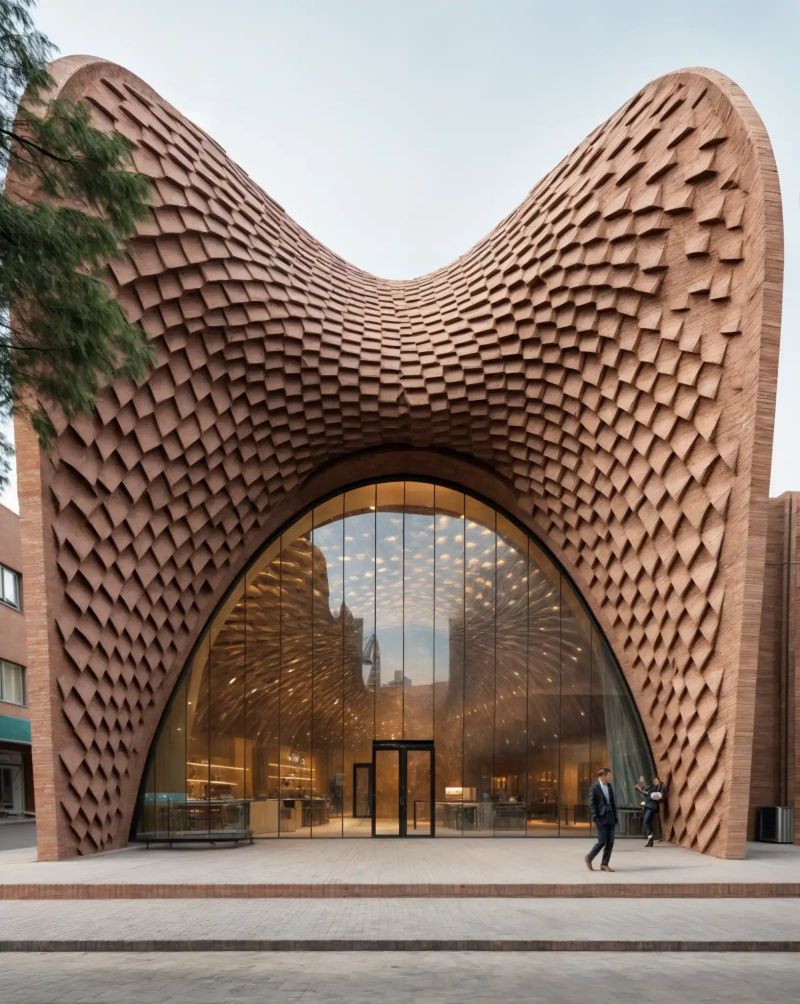
Iranian architecture through the prism of artistic intelligence: the vision of Pooriya Zamani
Iranian architecture, with its rich history and deep cultural roots, has always been an inspiration for many architects and designers. However, in today’s digital age, artificial intelligence (AI) is becoming a tool that enables the reinterpretation and preservation of these traditions in a new way. One of the pioneers of this integration is Iranian architect Pooriya Zamani, who explores how AI can reinterpret, preserve, and develop traditional architectural narratives across different scales, merging AI processes with time-tested Persian design principles.



Inspirations from Iranian architecture
For Zamani, Iranian architecture is not just an aesthetic expression; it is a space of origin, childhood, learning, and immersion in the art of architecture. These spaces are deeply rooted in collective memory, as familiar as the sky above or the ground below, performing their roles flawlessly, harmoniously, and with an innate kindness to the human spirit.
However, when designers set out to create works inspired by these spaces, they are often faced with the fact that their understanding of this architecture is not complete, requiring further research and exploration.
The relationship between architecture, nature and man
The relationship between architecture, nature and man is a key issue of constant concern. This triad requires a delicate balance, which is considered one of the most important issues that architects must face. The questions arise: How can architectural spaces maintain harmony in their interactions with nature and human beings? How can these spaces draw inspiration from the soul and order of nature, while at the same time facilitating human life and activity?
Iranian architecture, in its extraordinary brilliance, offers profound answers to these questions. Its integration with the human spirit and nature has long been a subject of admiration. Various exercises demonstrate how this architecture seamlessly blends with diverse natural contexts—deserts, seas, forests—while simultaneously preserving its fundamental identity and creating environments that support human life and activity within these natural landscapes.
Patterns and ornamentation in Iranian architecture
Other studies focus on the complex patterns and decorative designs in Iranian architecture. Under the theme "Projection Pattern", numerous studies attempt to create architectural spaces that combine these ancient motifs with contemporary design principles. For example, urban spaces such as bridges, tunnel entrances or caravanserais set in deserts or other natural environments designed with these patterns are imagined. The process of generating these patterns using AI, apart from initially requiring complex techniques, opens up a rich avenue of research. In addition to creative outlets, these exercises provide deep insights.
Coexistence in Iranian architecture
In the second series, contemporary architectural forms, such as apartment complexes and towers, are reinterpreted through the prism of different historical periods of Iranian architecture. These explorations highlight the stark contrasts between contemporary apartment life and the collective and private spaces of the past, raising the question of whether the values embedded in these historical designs can be rediscovered and revived.
Cities that respect their citizens
One of the ongoing projects, titled “Respecting the City for Its Citizens,” visualizes parts of cities designed to honor and accommodate their residents, whether through carefully designed seating, inclusive solutions for people with physical disabilities, or even small decorative features that blend the past with a contemporary common language.
Conclusion
Through her research, Pooriya Zamani invites architects, designers and thinkers to see tradition not as a fixed past, but as an evolving dialogue between culture, technology and human experience. His work shows how artistic intelligence can reinterpret architectural heritage, simultaneously preserving its essence and enabling its application in a contemporary context. parametric-architecture.com+1parametric-architecture.com+1

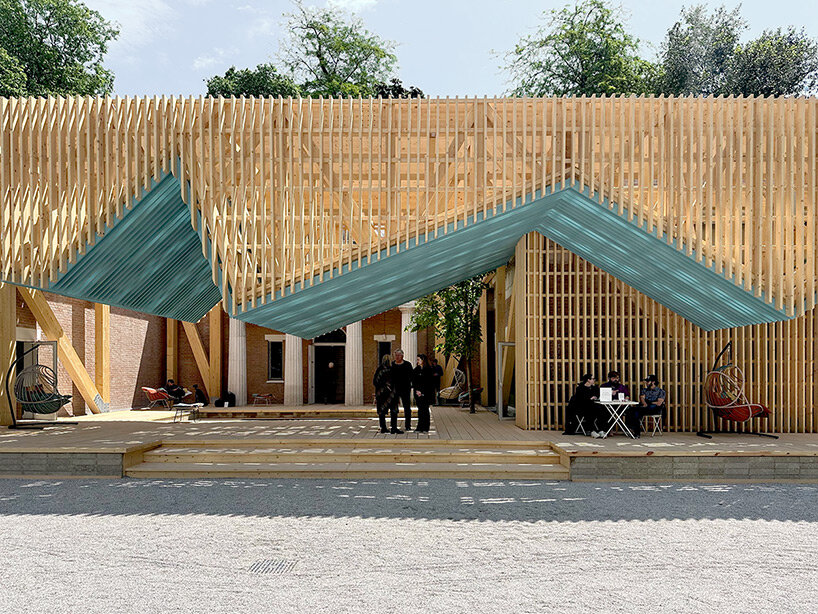
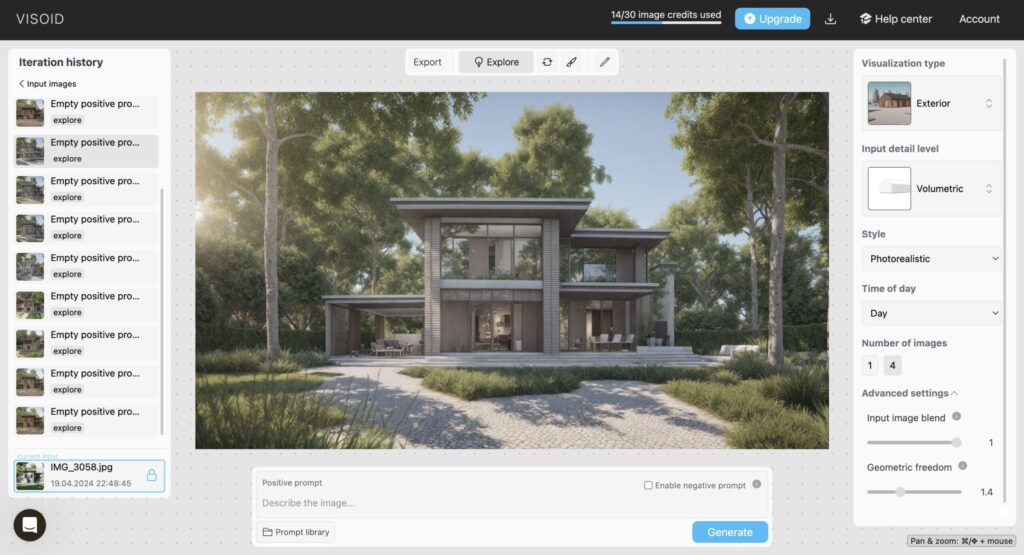
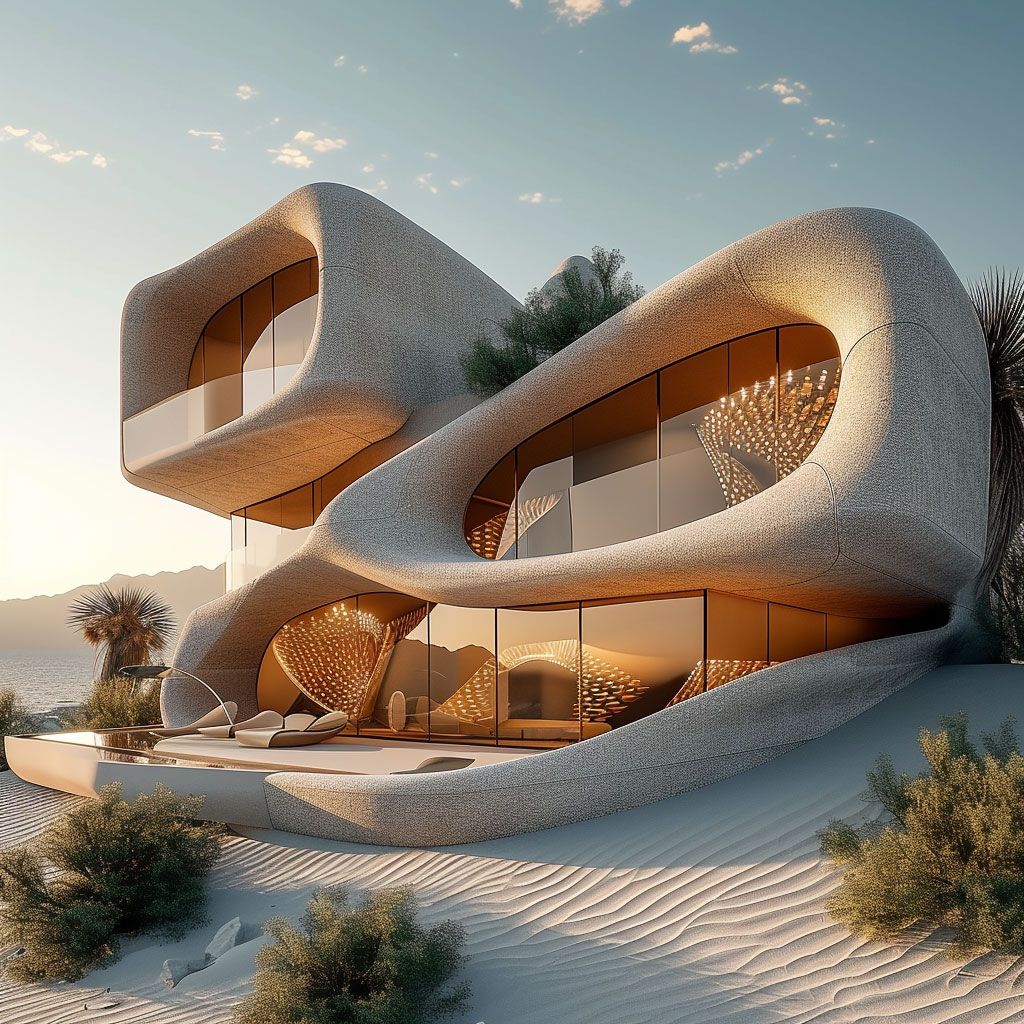
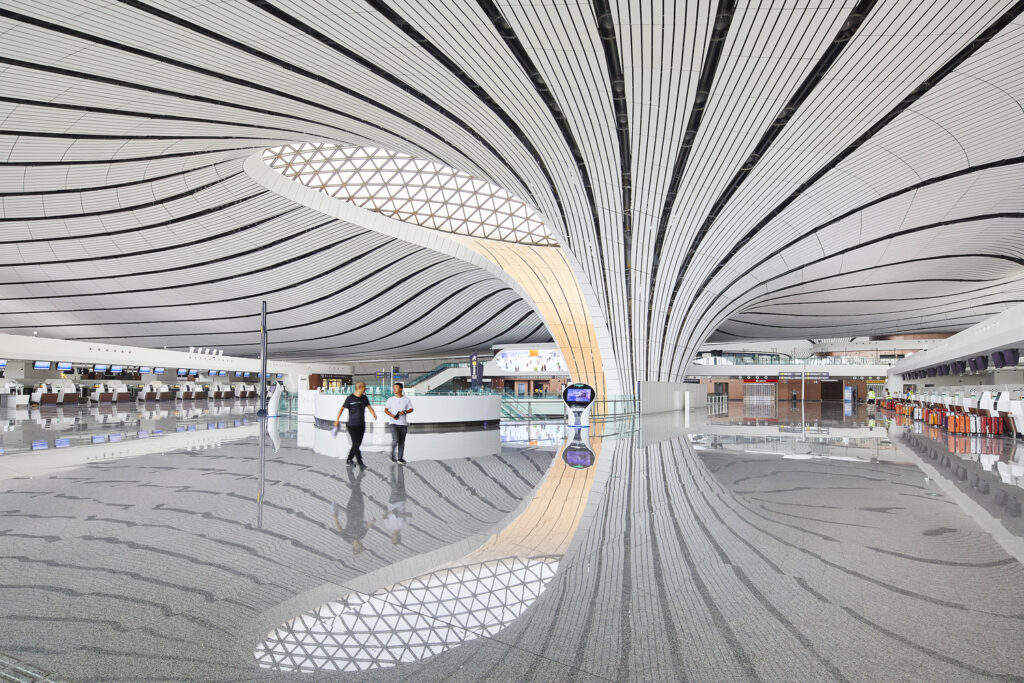
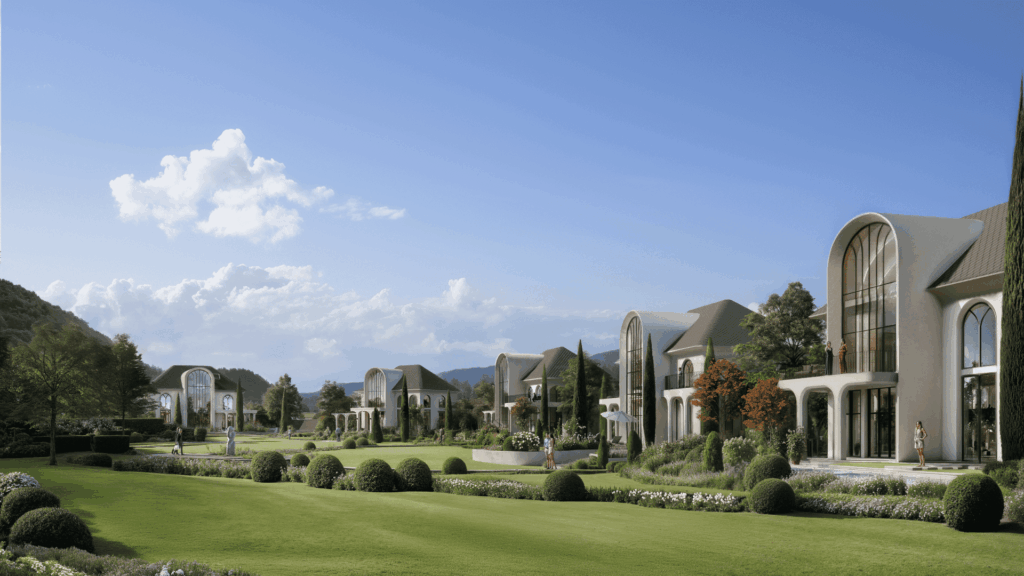
Responses